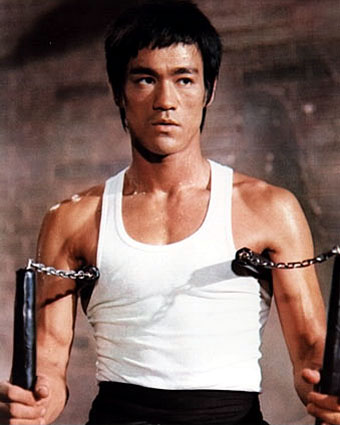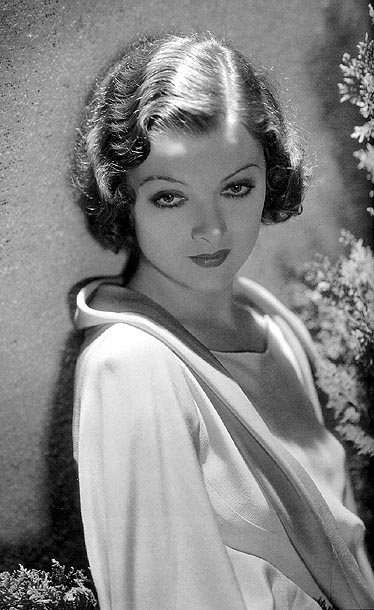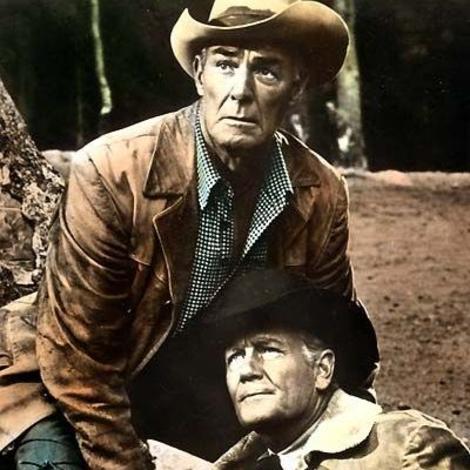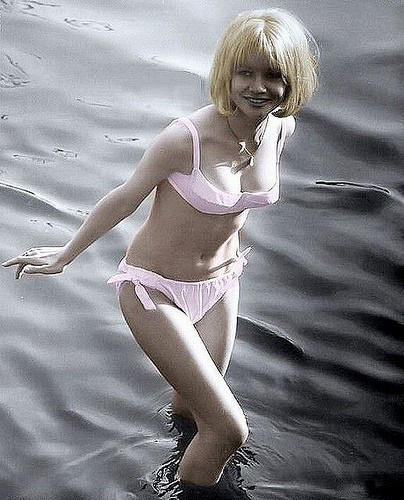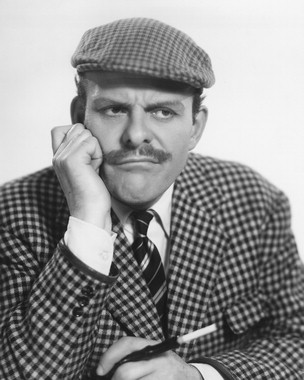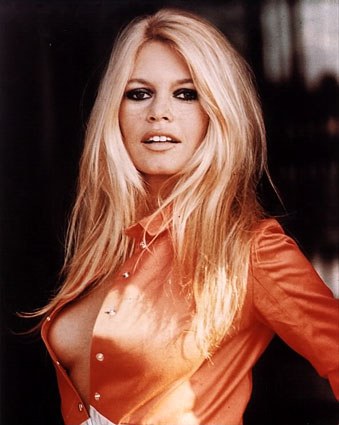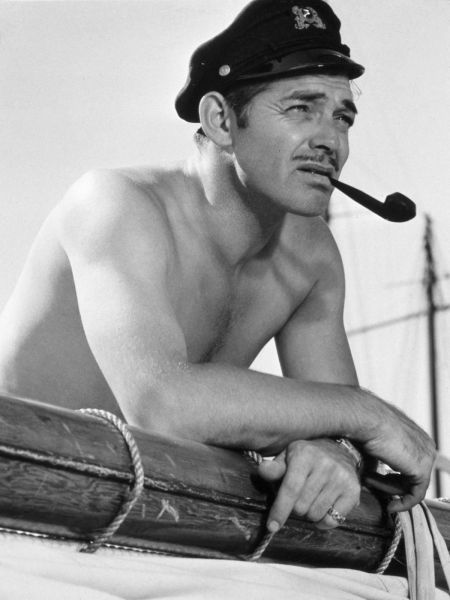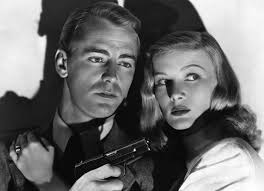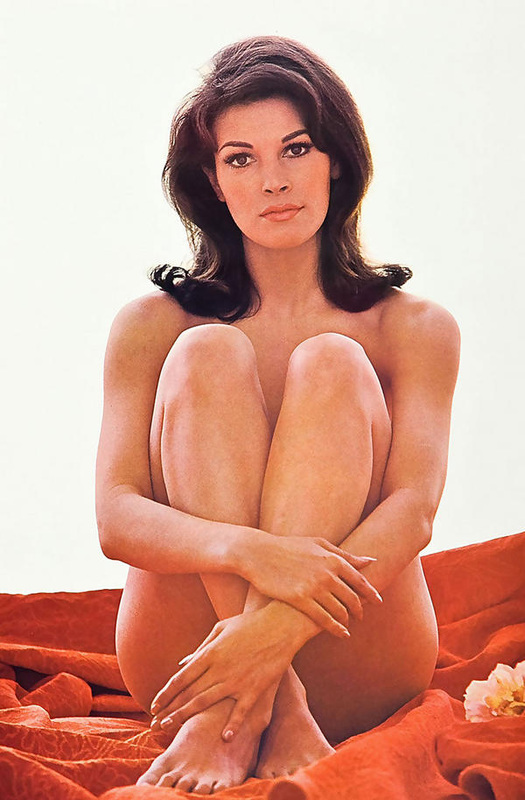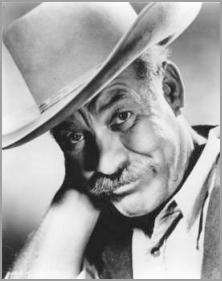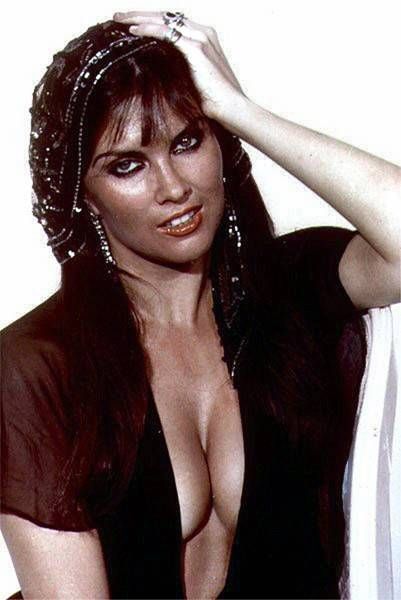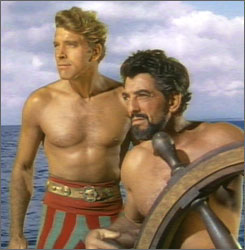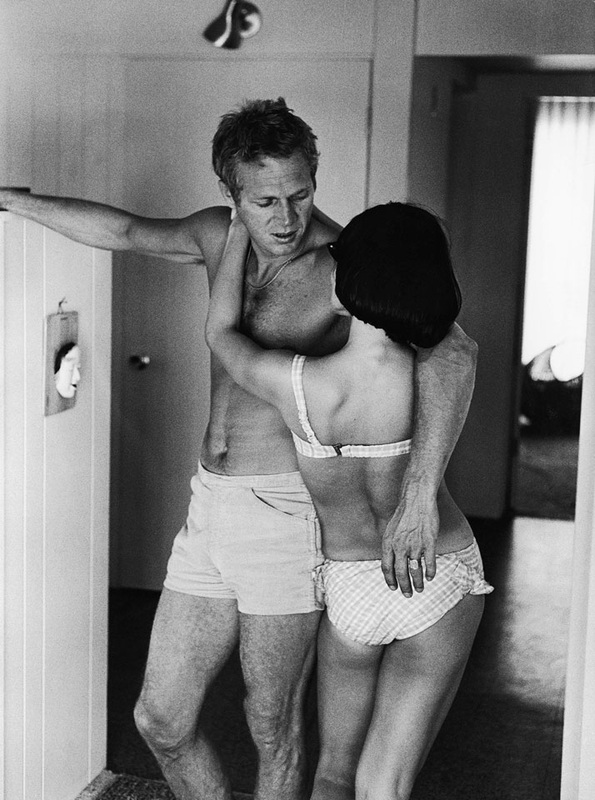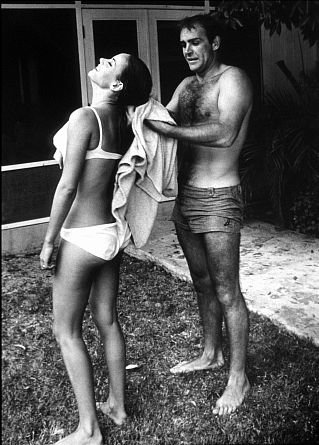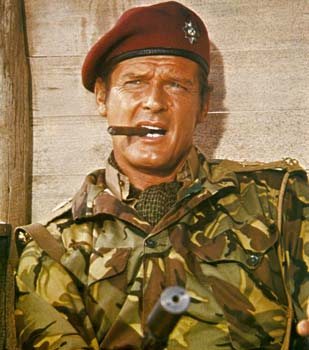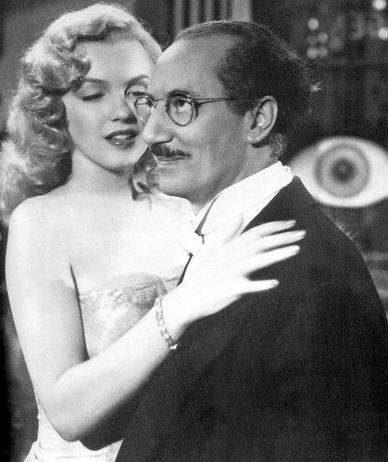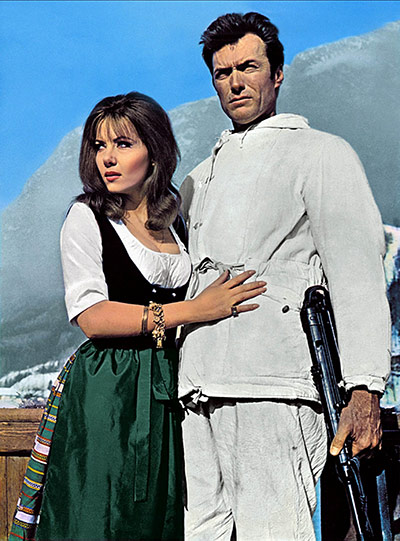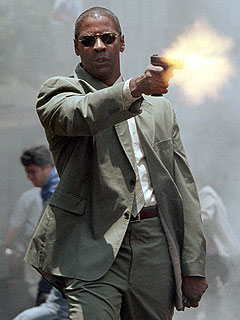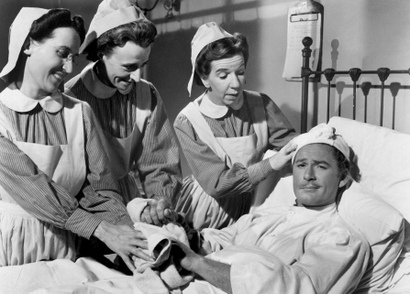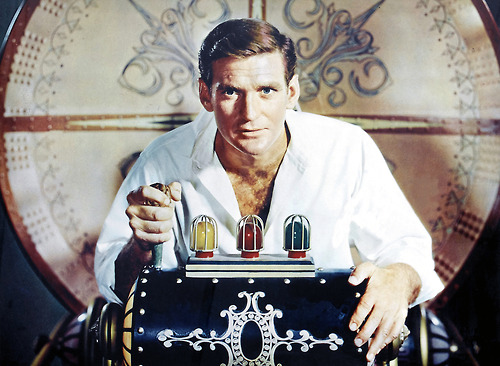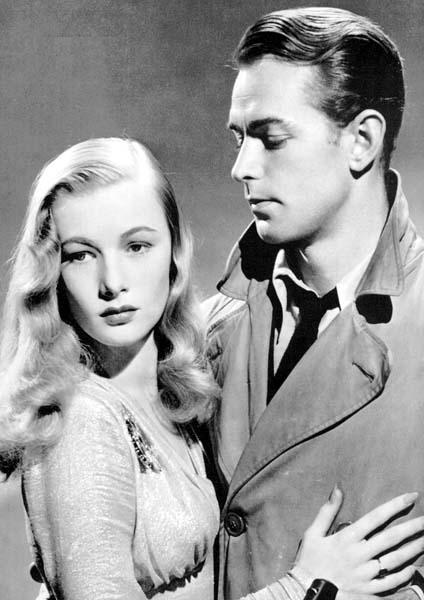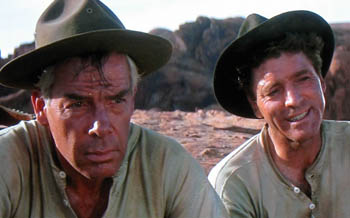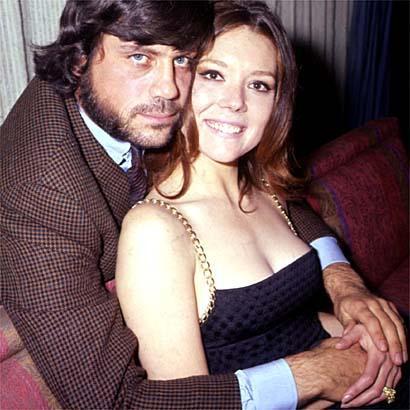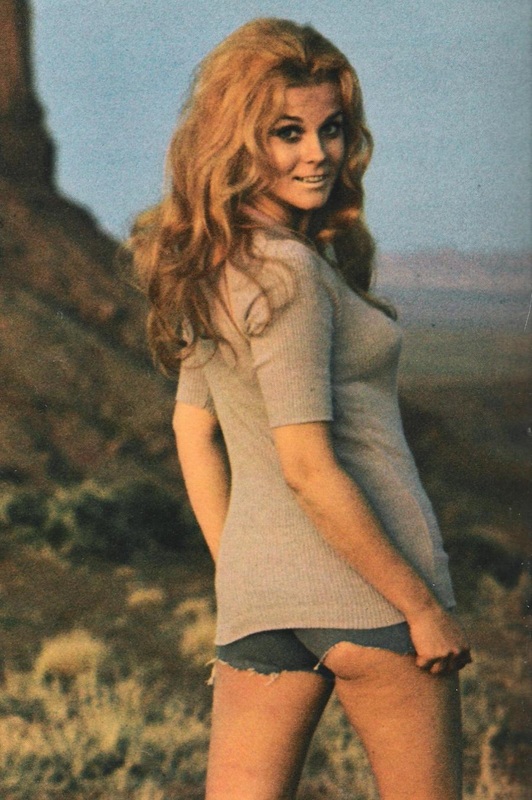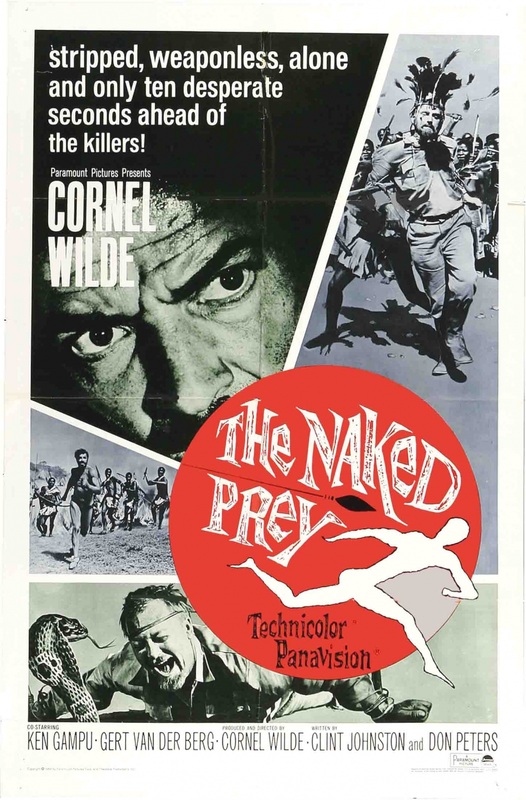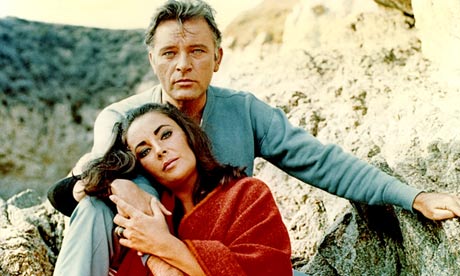|
Where would the movies be without horses?
There have been thousands of movies with horses in them, including tons of westerns. Many fine films have also been made spotlighting a particular horse (National Velvet, The Black Stallion, Seabiscuit). Bite the Bullet stands out from most westerns - and indeed, most films - as one of its main themes is how man relates to, treats - and mistreats - horses. Written and directed by Richard Brooks, it’s a sweeping, epic adventure tale about a grueling, 700-mile endurance horse race. The movie is full of action and incident, but it’s really a character piece. Brooks is less concerned with the race itself than he is with the kind of people who are crazy enough to take part in it. This is the circus of Dr. Lao. We show you things that you don't know. Oh we spare no pains and we spare no dough, We want to give you one hell of a show! 7 Faces of Dr. Lao (1964) 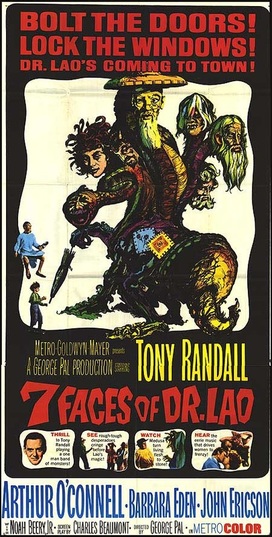 An old Chinese man arrives in the Arizona town of Abalone, riding a golden mule and carrying only a pipe and a fishbowl. He goes into the local newspaper office and places an ad in the paper. His name is Dr. Lao, and he has brought his circus to town. Abalone is a town at a crossroads. Clint Stark (Arthur O'Connell), the richest man in the territory, is trying to buy everyone’s land. The only man opposing Stark is Ed Cunningham (John Ericson), the newspaper’s editor. Ed’s only been in Abalone for one year, but he has a crusading journalist's soul and believes in fighting the good fight. He also has a vested interest in the town; he’s carrying a torch for librarian Angela Benedict (Barbara Eden), a prim and severe young widow who adamantly rejects his advances. Angela lives with her 9 year-old son, Mike (Kevin Tate) and her mother-in-law, and works hard trying to convince herself that she doesn’t need another man in her life. At a town meeting, Stark gives the citizens a few days to make up their minds to sell out. He warns them that the town is going nowhere fast, and that they better take him up on his offer now while they still can. Ed argues that any place where people live and work together has value, and to hold out against Stark. Dr. Lao also attends the meeting, and watches everything with interest. 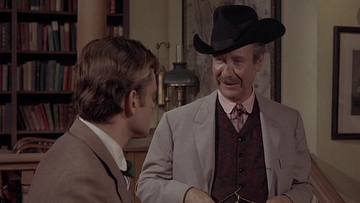 Arthur O'Connell as Clint Stark Stark is an interesting villain. He respects Ed for standing up to him, and for fighting against the odds. Stark has been betting on human weakness for most of his life. Stark: I was like you once, a long time ago. I believed in the dignity of man...decency… humanity. But I was lucky. I found out the truth early, boy. Ed: And what is the truth, Stark? Stark: It’s all very simple. There’s no such thing as the dignity of man. Man is a base, pathetic, vulgar animal. Meanwhile, Mike bonds with Dr. Lao, and Ed tries to get some information on the enigmatic stranger. From seemingly out of thin air, Lao has conjured a large, multicolored circus tent, along with a caravan, a calliope machine and other trappings of the trade. The members of his circus include the Abominable Snowman, the ancient wizard, Merlin, the blind seer Apollonius, the frightful Medusa, the sarcastic, talking Giant Serpent and the god Pan. What happened to John Carpenter? For a while there, from the mid 70s to the mid 80s, he was a force to be reckoned with. He produced two out-and-out genre classics, Halloween (1978) and The Thing (1982). Halloween made a ton of money, whereas The Thing, as good as it was, was a flop. He also made several other memorable and well-loved films in this fertile period, including the highly-atmospheric ghost story The Fog (1980), the diverting sci-fi action flick Escape From New York (1981), the Stephen King killer car adaptation Christine (1983), and the ahead-of-its-time martial arts/fantasy goof Big Trouble in Little China (1986). 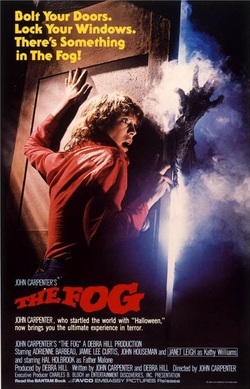 Then it seems as if Carpenter’s mojo just slowly disappeared. Did he just get tired and burn out? Get fed up with battling the B.S. from the studio suits? Had he simply run out of ideas? Whatever actually went down, there is a clear demarcation point between when Carpenter was making interesting movies and when he began to phone it in. Oh, there were still a few moments here and there. They Live has some good satire, Prince of Darkness has a strong central idea, Vampires has a ferociously entertaining performance by James Woods. But clearly, the magic of making movies had gone out of Carpenter. That’s OK. He has nothing to be ashamed of (well, except for Ghosts of Mars…) The man produced, directed and even scored several movies that will stand the test of time, and with Halloween, arguably set the standard for an entire subgenre, the slasher film, for generations to come. Executive produced by actor Michael Douglas, Starman (1984) came toward the end of Carpenter’s creative peak, and is something of an oddity stacked up against his other works. It’s a warm, gentle and low-key little film, with minimal violence and a subtle message. It actually plays more like a lost Spielberg film, from the period when he also was at his creative peak. There doesn’t seem to be a whole lot of Carpenter in Starman, really, but he does a bang-up job directing this riff on the "Aliens Are Among Us" theme. I was never much of a fan of the Johnny Weissmuller Tarzan movies. The early MGM ones were well-made and exciting jungle potboilers, but the monosyllabic “Me Tarzan, you Jane” approach to the character didn’t jibe with the educated Lord Greystoke that I was familiar with from Edgar Rice Burroughs’ books. 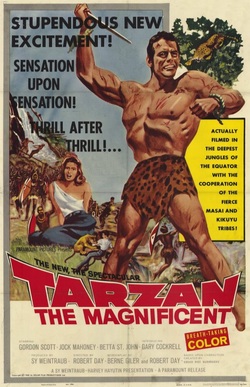 It wasn’t until I saw producer Sy Weintraub’s Tarzan’s Greatest Adventure (1959) as a teenager that I found a Tarzan movie I could get fully behind. It still wasn’t the Ape Man of the novels, but at least Gordon Scott’s Tarzan talked in full sentences, and the overall approach was the kind of adult adventure I was looking for, full of violence, sadistic, sweaty bad guys, and a surprising sexual frankness. In other words, this was not your grandma’s Tarzan. The following year’s Tarzan the Magnificent, made by the same team, is just as good as Greatest Adventure, with the added bonus of having Jock Mahoney as the villain. Mahoney took over the lead role from Scott in the very next film, Tarzan Goes to India (1962). So what we get here is, essentially, Tarzan vs. Tarzan. There have been hundreds upon hundreds of movie shoot-outs over the years. Some of the best hardly involve much shooting at all. Sergio Leone made a cottage industry out of milking the slow build-up to the final fatal confrontation; his Dollars trilogy and Once Upon a Time in the West all feature supreme examples of this particular kind of face off. These four films could easily top their own list of “Best Dramatic Showdowns,” but today I want to talk about the kind of gun battles where both sides, heroes and villains -- or villains and villains, as the case may be (see Scarface) -- blast at each other at length. I mean, really let the bullets fly. The movies have offered their fair share of this type of gunfight, as well. Here are seven of what I feel are the very best of this particular brand of shoot-'em-up. The list skews a bit toward the modern side, as might be expected, but all seven films are classics in my book.
“Good day to you. Come to have a good look at Bramley End, have you? Pretty little place. And a nice old church too. Thirteenth century, parts of it. Still, it won’t be that that brought you, I don’t suppose. It’ll be these names on this grave here…and the story that’s buried along with them. Look funny, don’t they? German names in an English churchyard. They wanted England, these Jerries did. And this is the only bit they got.” 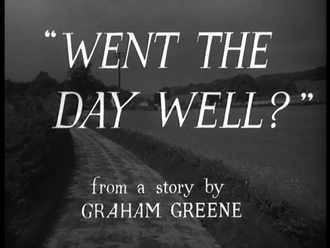 So begins the terrific, suspenseful WWII “What if?” film, Went the Day Well? Produced by Ealing Studios, most famous for comedies like The Ladykillers, Kind Hearts and Coronets and The Mouse that Roared, this film treats with deadly seriousness what must have seemed a plausible enough scenario back in the war-torn England of 1942. One Saturday morning, the residents of the sleepy little village of Bramley End are surprised by the arrival of a squadron of British soldiers. Supposedly in town to check the security of the area, the 60 men are actually a small incursion of German paratroopers. Their mission: jam Britain's radio location capabilities in advance of a major invasion. They put up a good pretense; they speak fluent English and know their way around pub etiquette. The villagers welcome them with open arms, doing their part for the war effort, finding billets for the men, taking them into their homes, etc. The tension cranks up right away, as the villagers several times come close to discovering the truth, but random events just happen to divert the Germans’ secret from coming out. The next day, just as local sweethearts Tom and Peggy are set to be married, the Germans strike. They mow down the paltry Home Guard troops and force the rest of the villagers into the church. The vicar refuses to be intimidated by Maj. Ortler (Basil Sydney) and his men, and is shot while trying to ring the alarm on the church bell. Things get more and more intense as every effort of the villagers to get a warning out to the rest of the country is foiled by fate or bad luck. As the fateful morning approaches, the villagers make a desperate last attempt to escape and turn the tables on their captors. Little do they know, however, that one of their most trusted citizens is actually a German spy… Two genres flourished in the 1970s: the disaster epic and the realistic crime film. Two-Minute Warning is a curious but entertaining hybrid of the two. Its main star, Charlton Heston, was himself something of a specialist in the disaster genre, having made Skyjacked, Airport 1975 and Earthquake before this film. Two-Minute Warning, about a psychotic sniper loose in a packed football stadium during the Superbowl, proves the most interesting of these, though much less so for its disaster movie elements than its far more gripping police procedural ones. 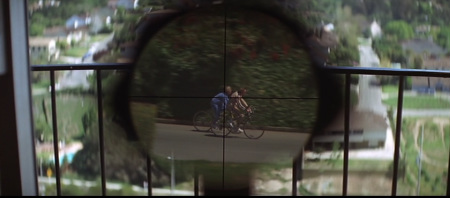 The film’s first hour is a slow burn as all the disparate characters make their way to the Los Angeles Memorial Coliseum for the big game (never called the Superbowl, for obvious reasons, but clearly intended as such). In similar fashion to Dirty Harry, the film opens from the sniper’s point-of-view, as he takes out a random cyclist as a sort of dry run. Unlike the Eastwood film, we never get a good look at the sniper until the very end. Instead, we get a lot more POV shots of him checking out of his hotel, driving his car to the stadium, and sneaking his way up into a vantage point above the scoreboard. 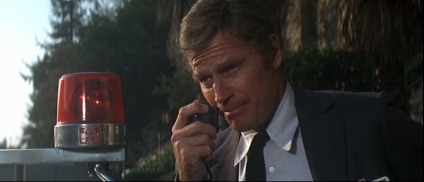 Big Chuck Heston on the case. We also get introduced to the typical disaster movie cast of name actors, all en route to the game. We have contentious lovers David Janssen and Gena Rowlands; gambler Jack Klugman, in deep to the Mob and his life riding on the bet he placed on the final score; Walter Pidgeon as an elderly pickpocket; and Beau Bridges and Pamela Bellwood as a young couple on a fun day out with their two young sons. We also get brief scenes establishing LAPD Captain Peter Holly (Heston), SWAT team leader Sgt. Button (John Cassavetes), stadium manager Sam McKeever (Martin Balsam) and head maintenance man Paul (Brock Peters). 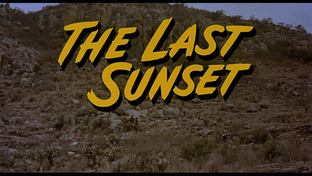 Wandering outlaw “Bren” O’Malley (Kirk Douglas) rides out of the dust of the hills to a remote Mexican ranch. He’s come looking for a girl he loved and left, Belle (Dorothy Malone) now grown up and married to alcoholic ex-Confederate officer John Breckenridge (Joseph Cotton), and with a tomboyish daughter, Missy (Carol Lynley) on the cusp of womanhood. Hot on O’Malley’s trail is Texas lawman Dana Stribling (top-billed Rock Hudson), who has very personal reasons for bringing him back across the border to justice. 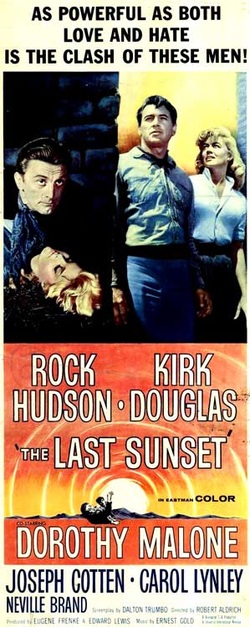 Breckenridge needs help running his cattle herd up north through hostile territory. O’Malley signs up for one-fifth of the herd and a promise to Breckenridge to take his wife from him. O’Malley talks Stribling into joining up as trail boss. The tension between the two men escalates further as Belle’s affections begin to turn toward Stribling, and Missy becomes more and more enamored with the charming killer O’Malley. Through the travails and dangers of the cattle drive (including a run-in with three unscrupulous rustlers, played by Jack Elam, Neville Brand and James Westmoreland), the two men eventually develop a grudging respect for each other. But that may not be enough to prevent the inevitable showdown between them… The Last Sunset carries on the “psychological western” tradition which began in the 1950s and was most notably developed by directors like Anthony Mann and Budd Boetticher. It’s a pretty twisted tale with a lot of raw emotion laid out there for all to see, all woven into the standard western format of the epic cattle drive. Its edgy character dynamics make for interesting viewing. It has all the standard elements that western fans like myself love so much – fistfights, tense standoffs, gunplay, plentiful scenes of cowboys riding through panoramic vistas, dusty frontier towns, camaraderie around the campfire, and men and women forced by their own personal codes into making tough choices that will forever change the course of their lives. To that is added an extra layer of complexity, courtesy of a script that isn’t afraid to go to some dark, unsavory places. Many actors grow old and slow down, like we all do. They appear in fewer and fewer films, and those that do often are stuck in movies that don’t feature their best work, or are unworthy of their talents. Some retire at their peak, such as Cary Grant or Randolph Scott, and live out their remaining decades in wealth and self-imposed privacy. Others keep working in projects of decreasing quality, and their final films are embarrassments best left forgotten (Errol Flynn in Cuban Rebel Girls, anyone? Or Joan Crawford in Trog?) But some actors die in the saddle, working hard to the end, and if they’re lucky, in movies actually worthy of their talents. Here are five particularly memorable cinematic swan songs. All five actors were either dying when they made their final films, or (in Oliver Reed’s case) died during filming. This adds a poignancy to their work, certainly, but doesn’t detract from the fact that these men went out on a high note, delivering performances that rank alongside their very best. |
Videophilia!
Opinionated ramblings about new and old movies (mostly old, as that's the way I like 'em!) Blogs of Note
Stuart Galbraith IV's World Cinema Paradise
Movie Morlocks (TCM's Classic Movie Blog) 50 Westerns from the 50s Riding the High Country Sweet Freedom Tipping My Fedora Thrilling Days of Yesteryear Silver Screenings Laura's Miscellaneous Musings Classic TV and Film Cafe Just a Cineast She Blogged By Night Chess, Comics, Crosswords, Books, Music, Cinema Out of the Past - A Classic Film Blog Pretty Sinister Books They Don't Make 'Em Like They Used To In So Many Words... Greenbriar Picture Shows Flix Chatter My Love of Old Hollywood Tales of the Easily Distracted Another Old Movie Blog Lasso the Movies Kevin's Movie Corner Films From Beyond the Time Barrier Carole & Co. Rupert Pupkin Speaks Caftan Woman Vienna's Classic Hollywood The Lady Eve's Reel Life ClassicBecky's Brain Food Hey!
Be sure to subscribe to the RSS feed below, to be informed of new postings! Categories
All
Archives
September 2015
|
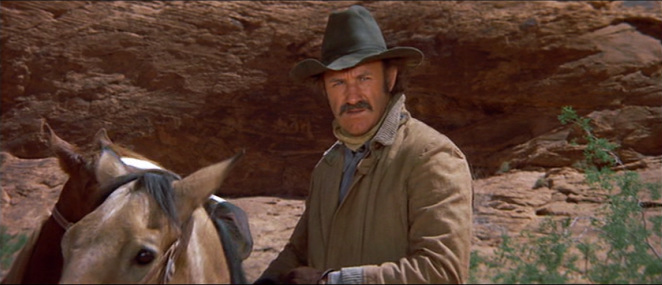
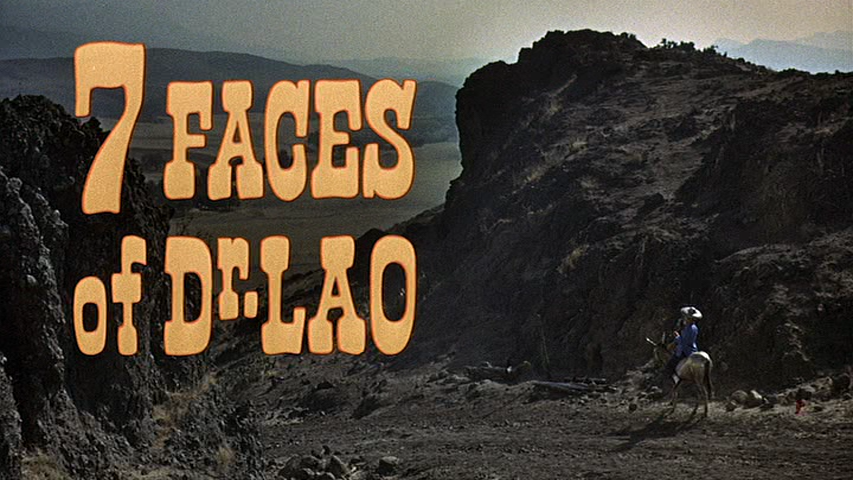
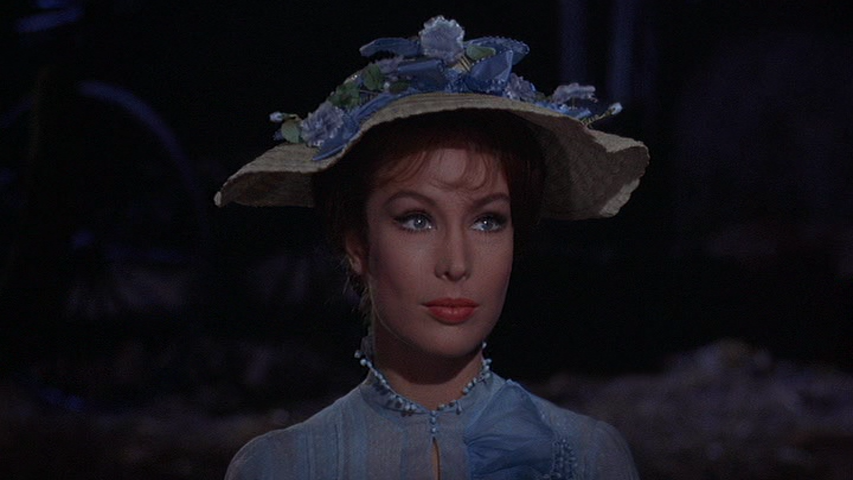
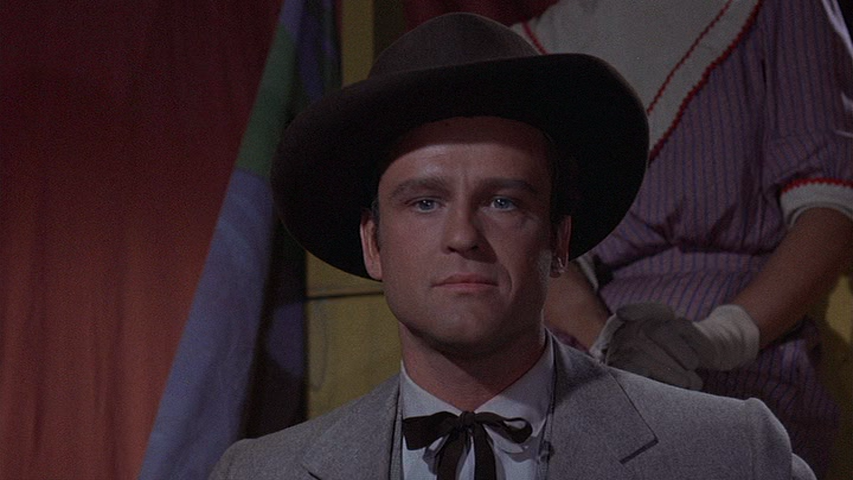
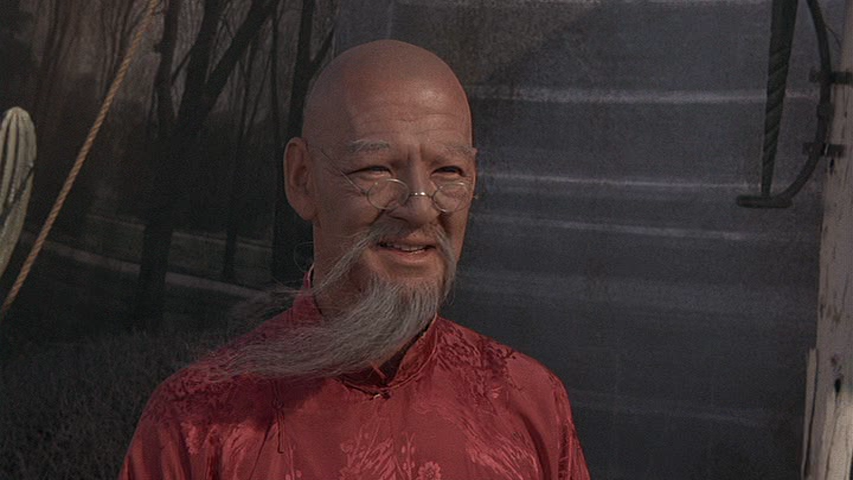
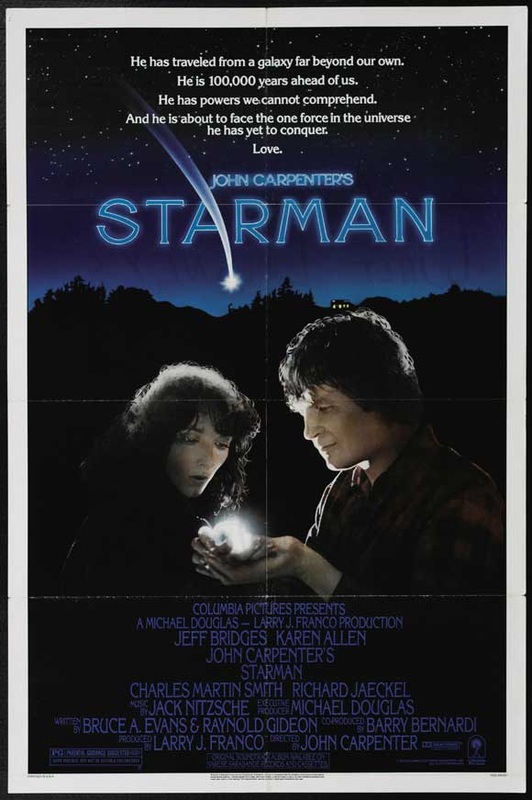
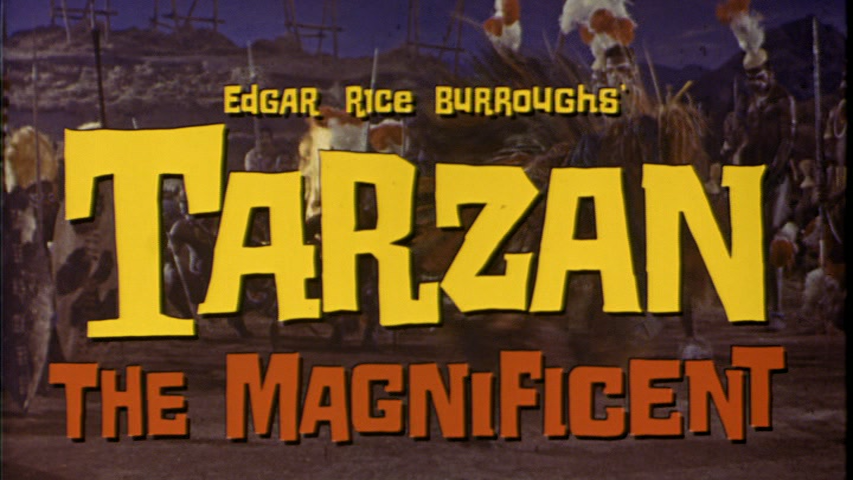
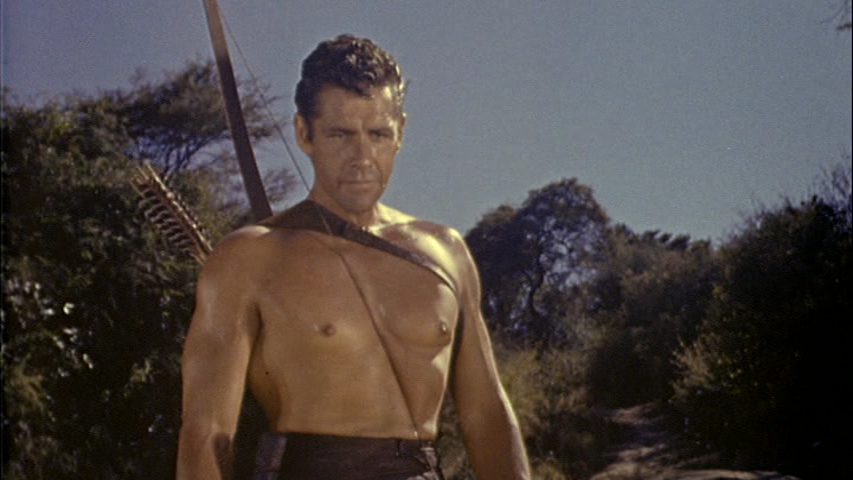
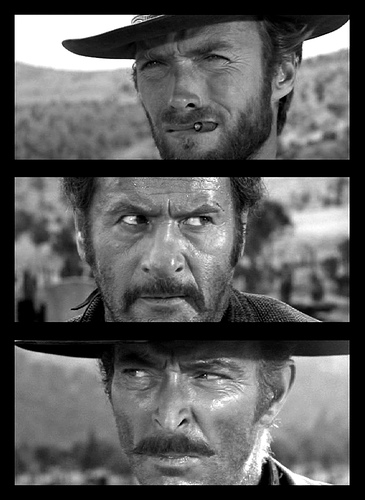
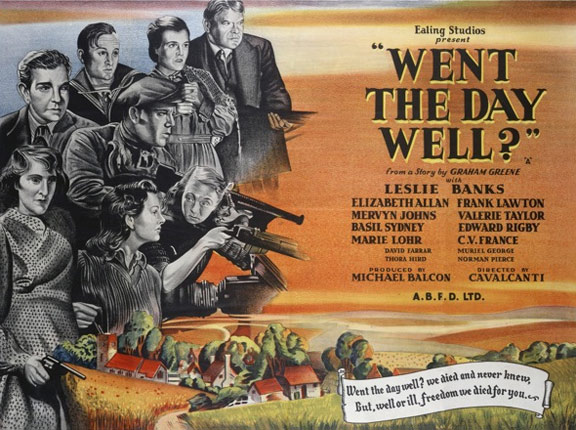
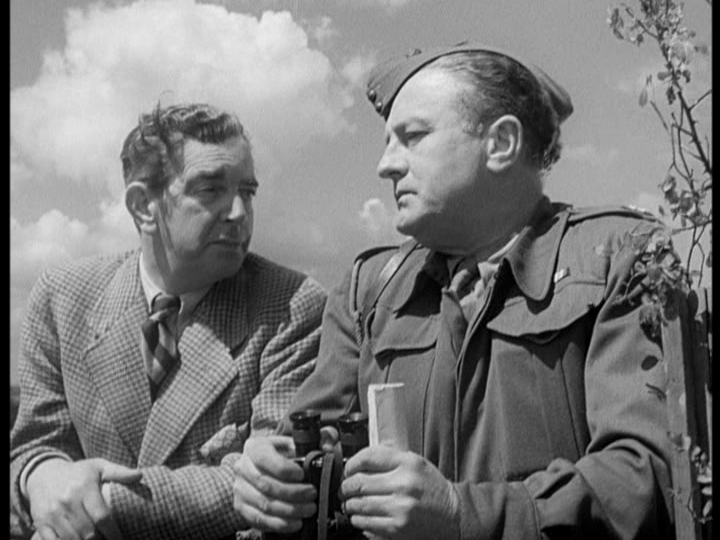
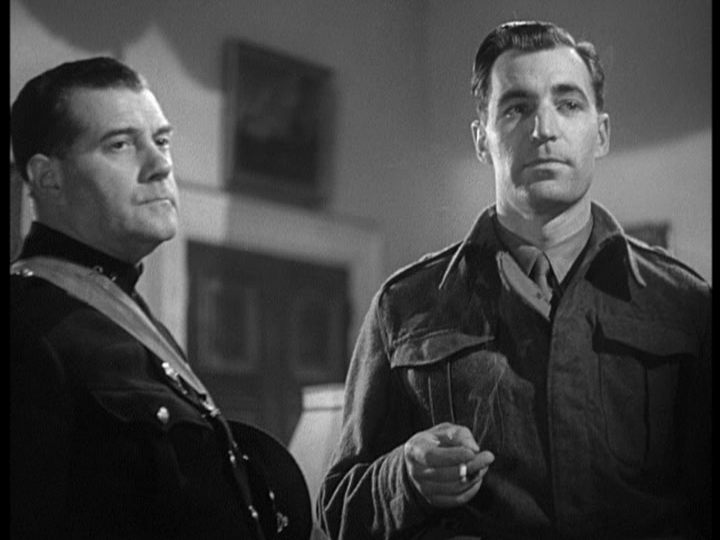
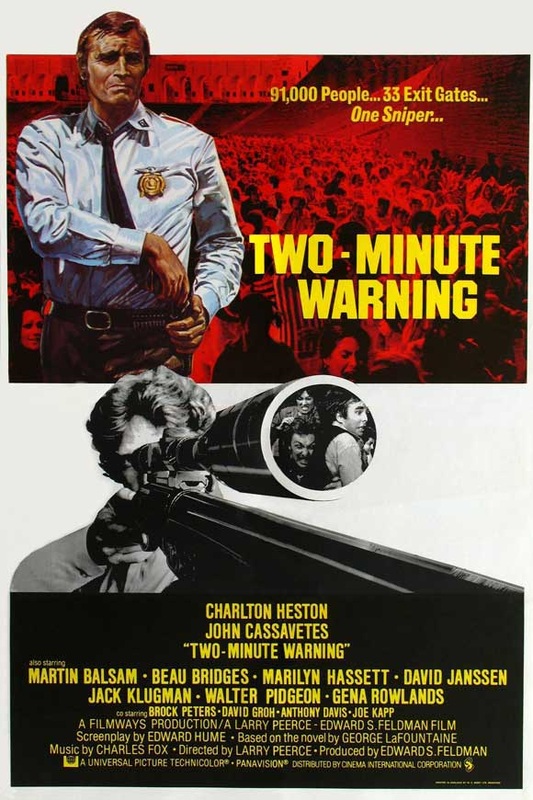
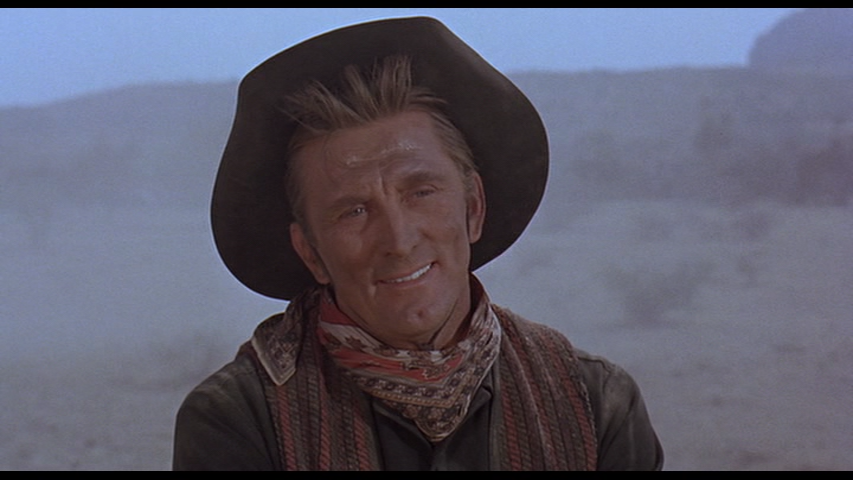
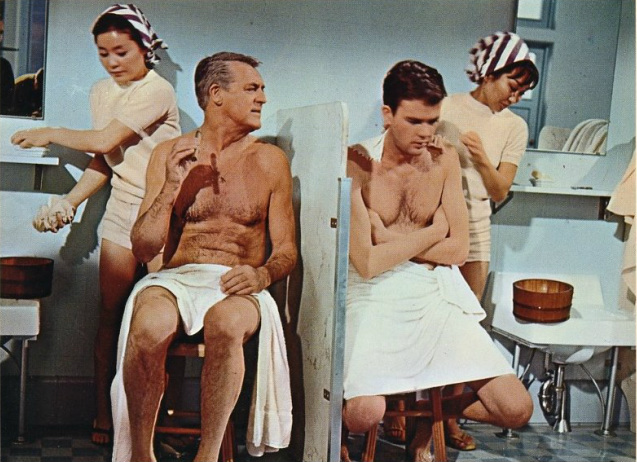
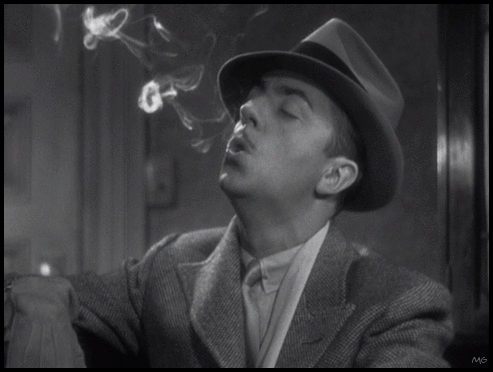
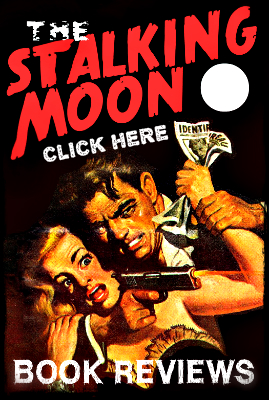
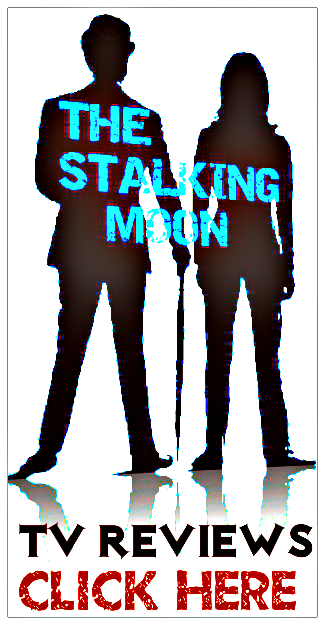
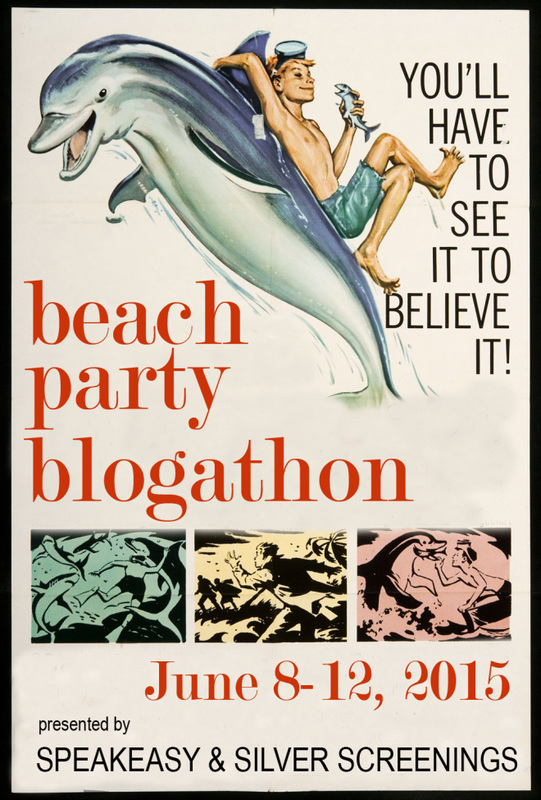
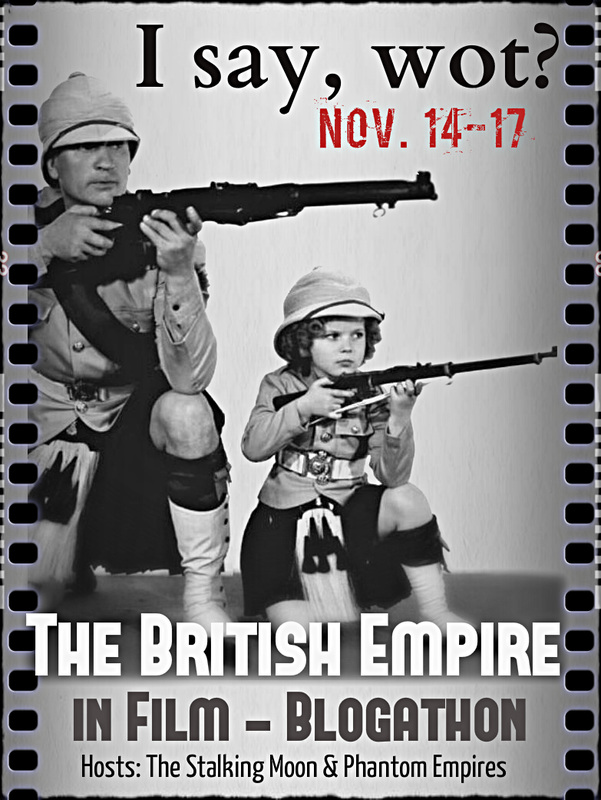
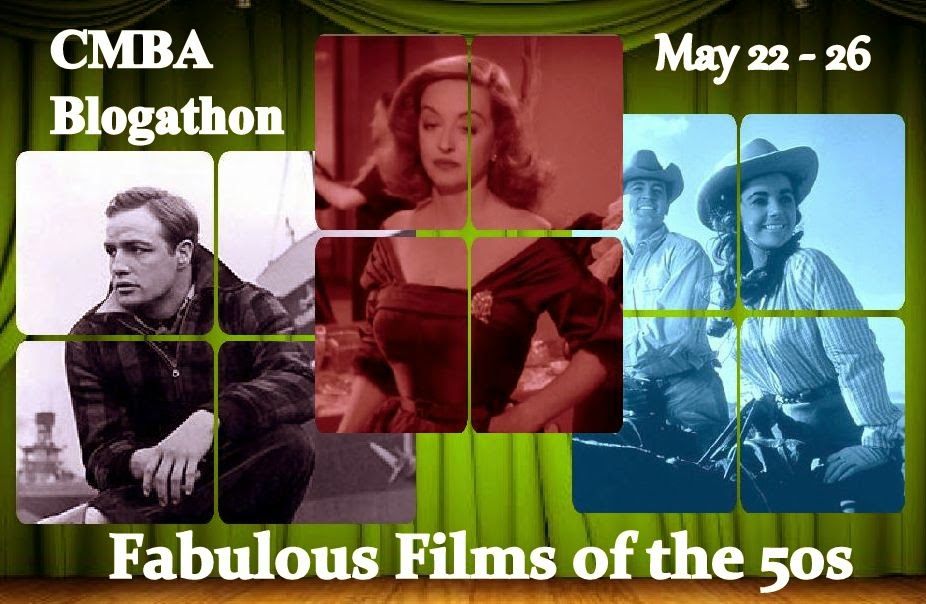
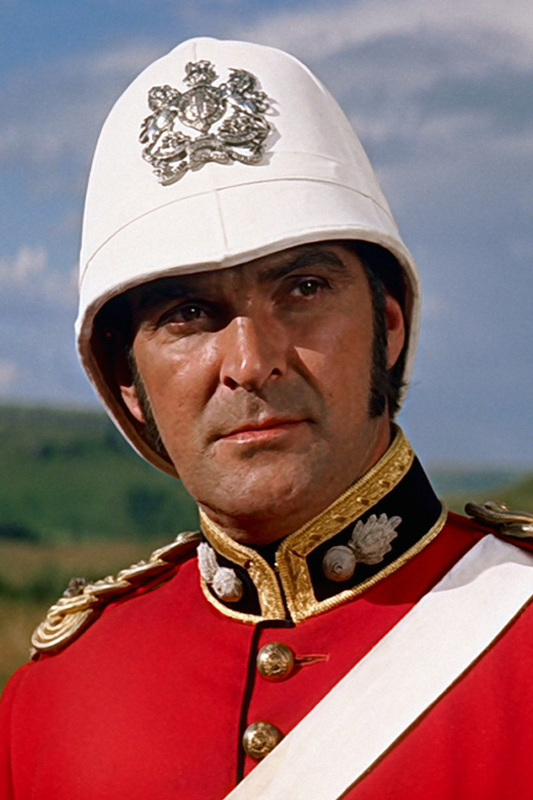
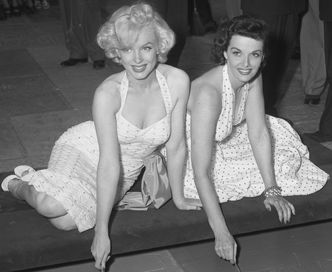
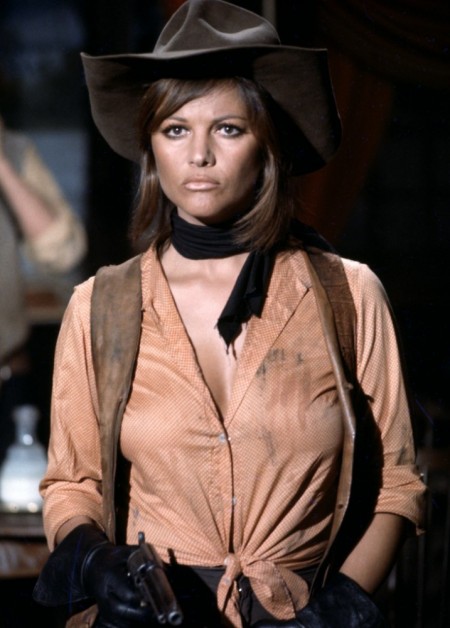
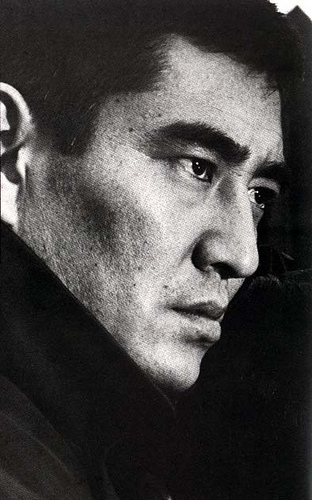
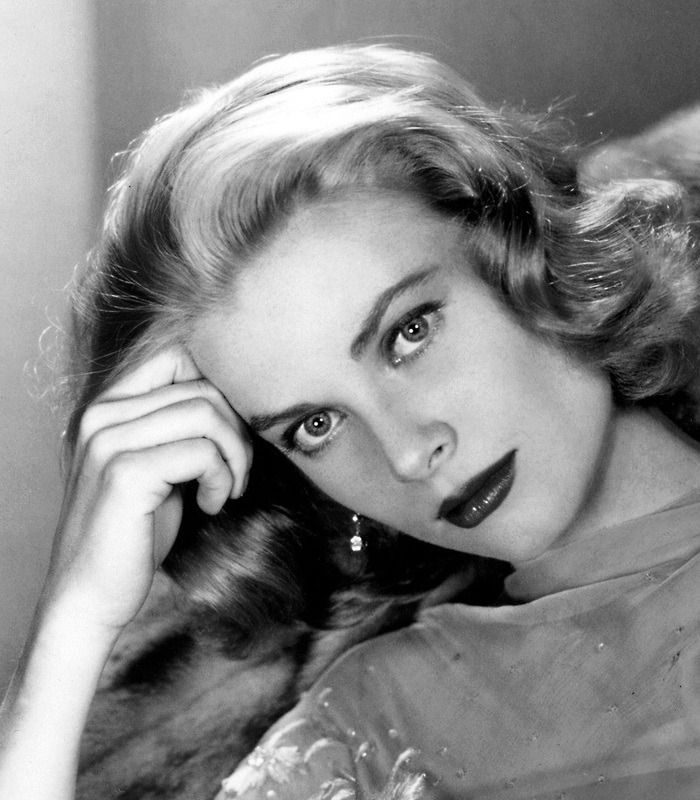
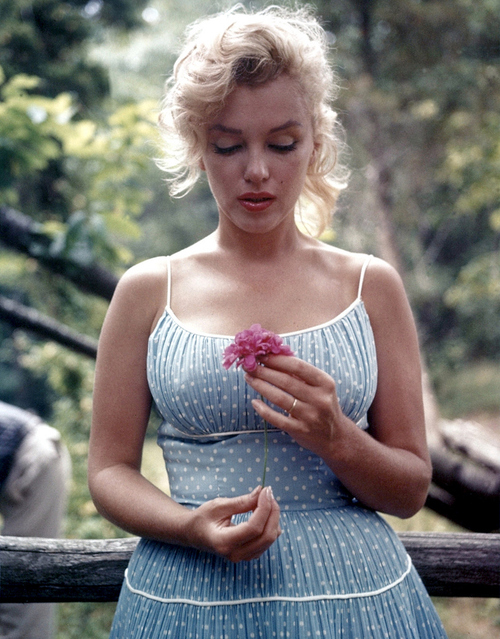

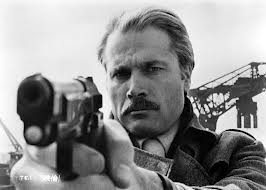
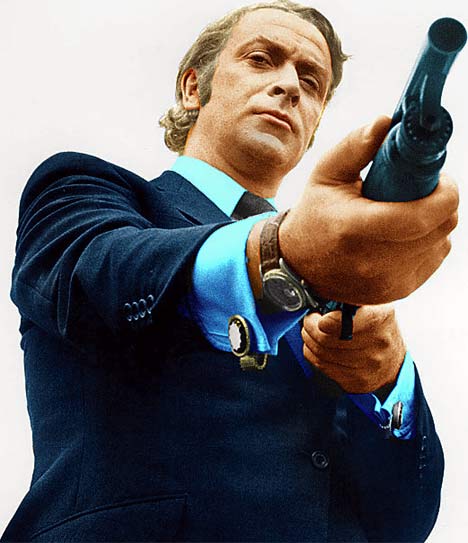
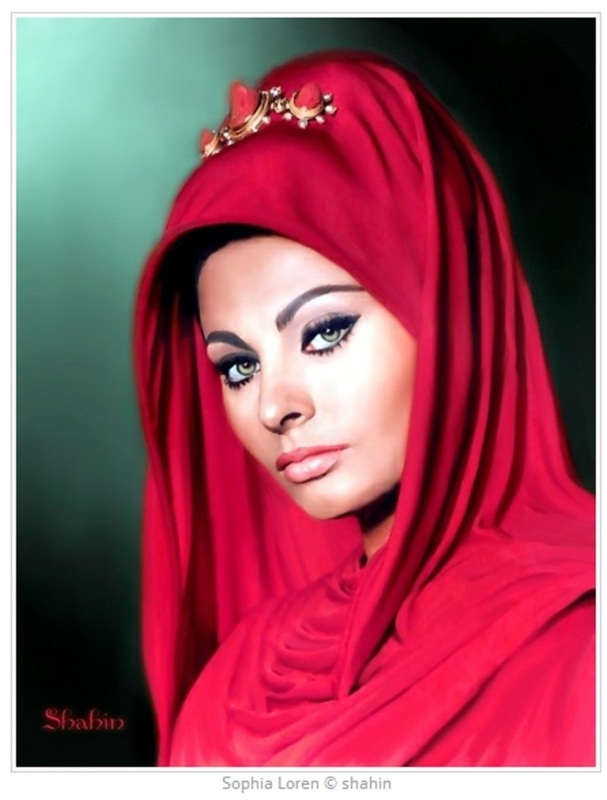
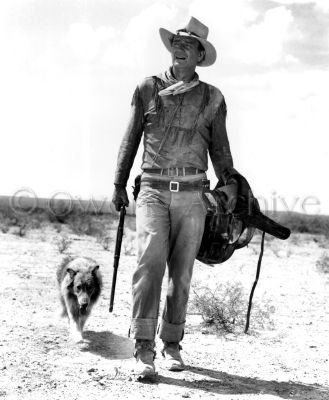
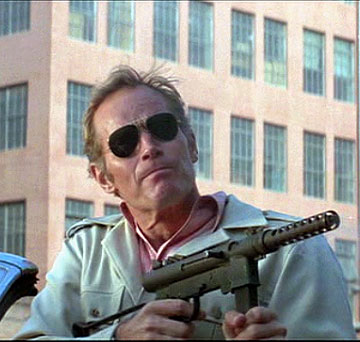
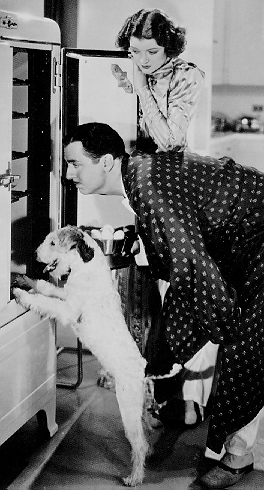
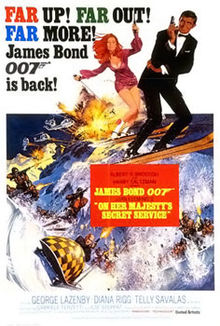

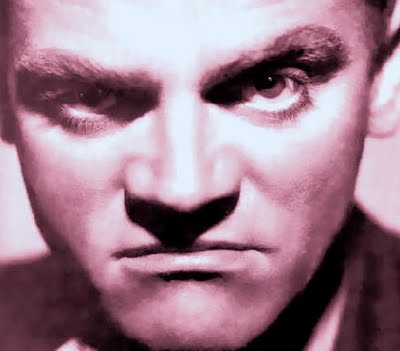
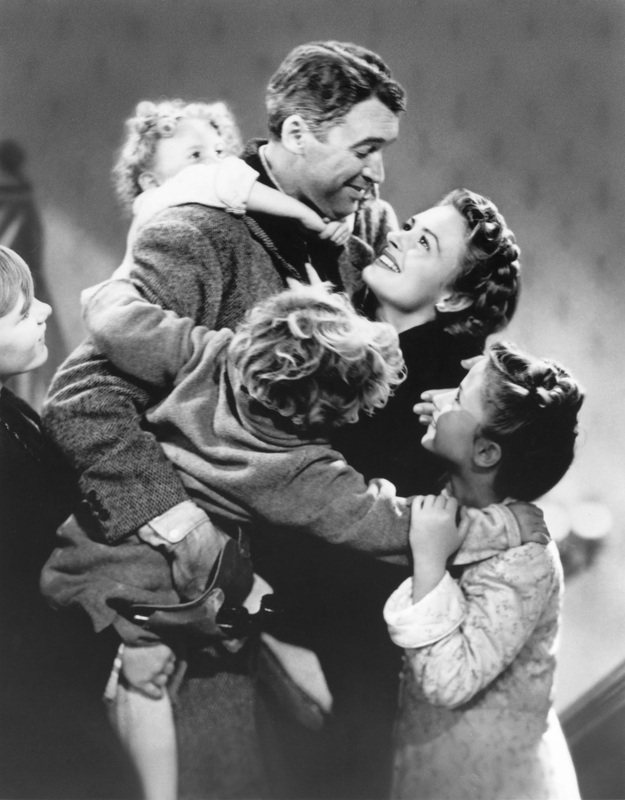
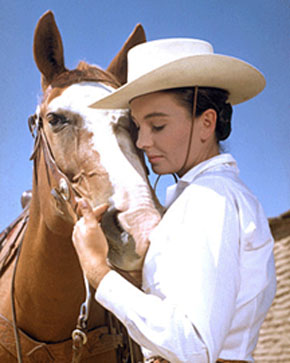
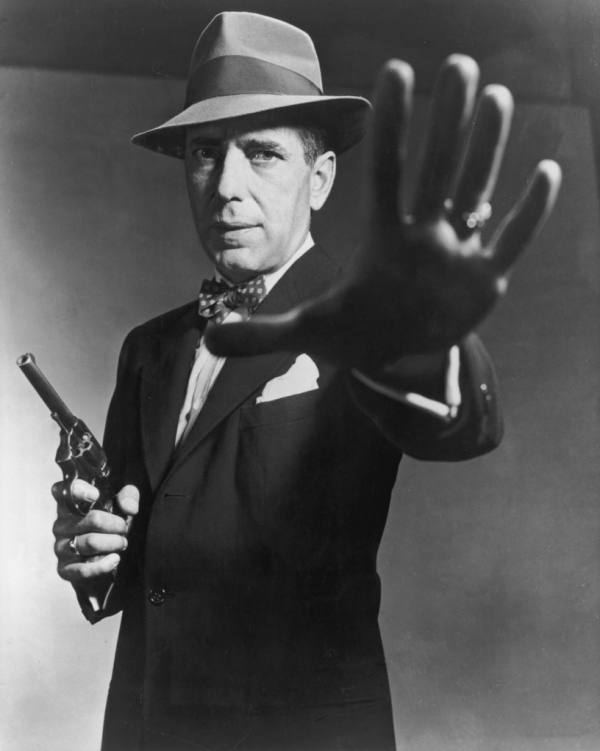
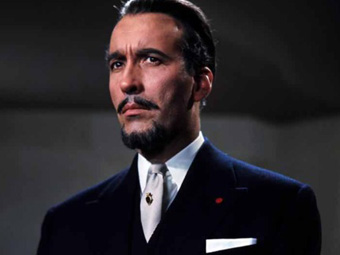
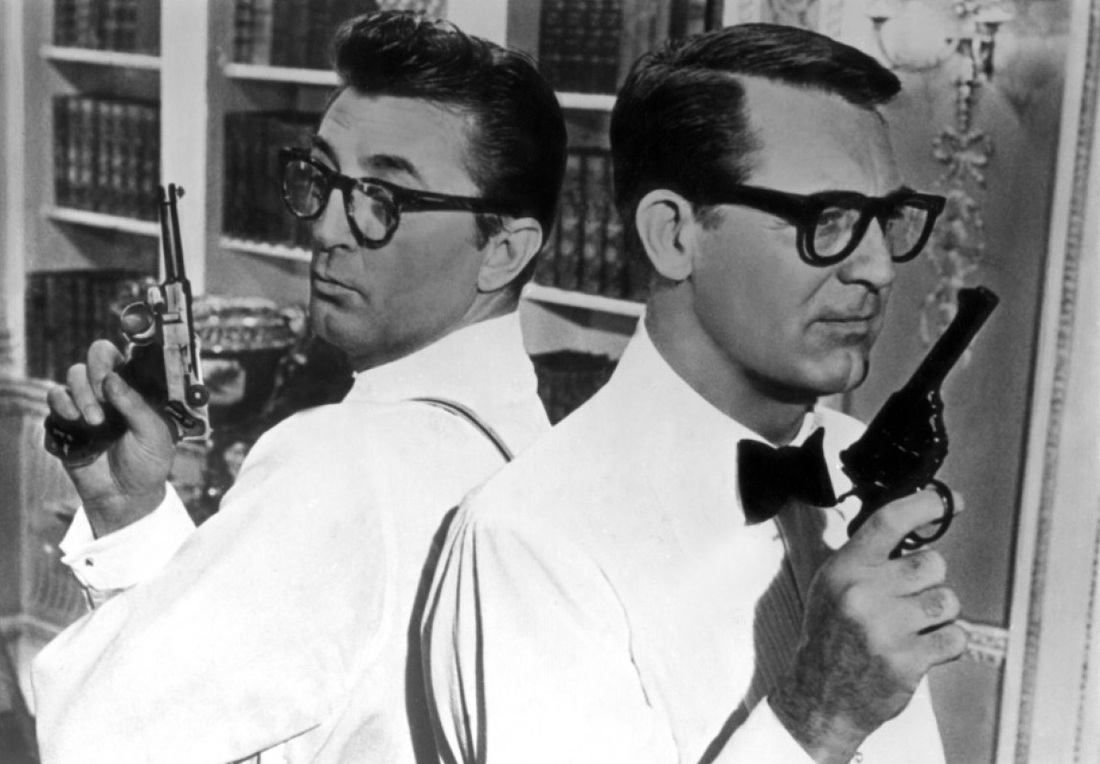
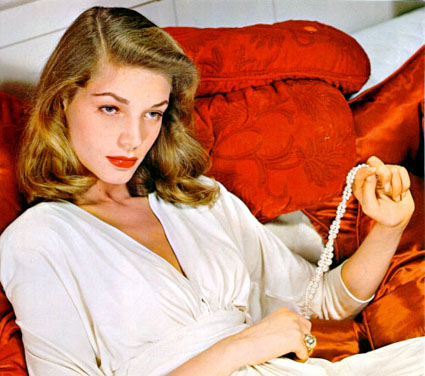
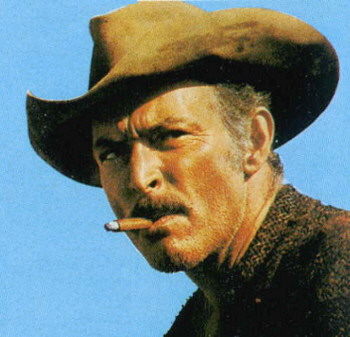
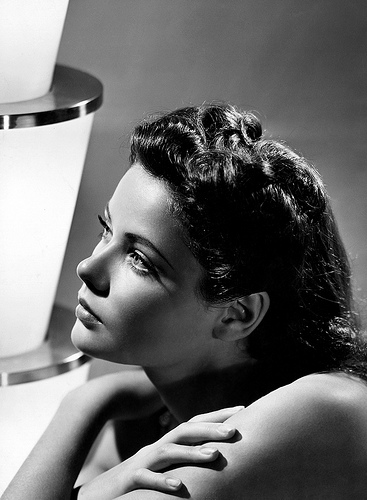
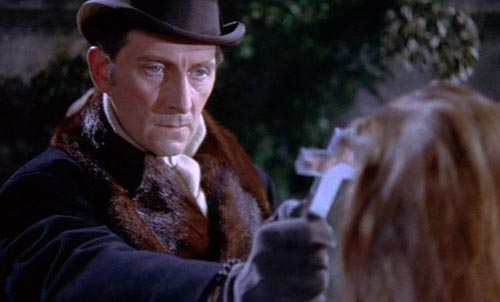

 RSS Feed
RSS Feed
